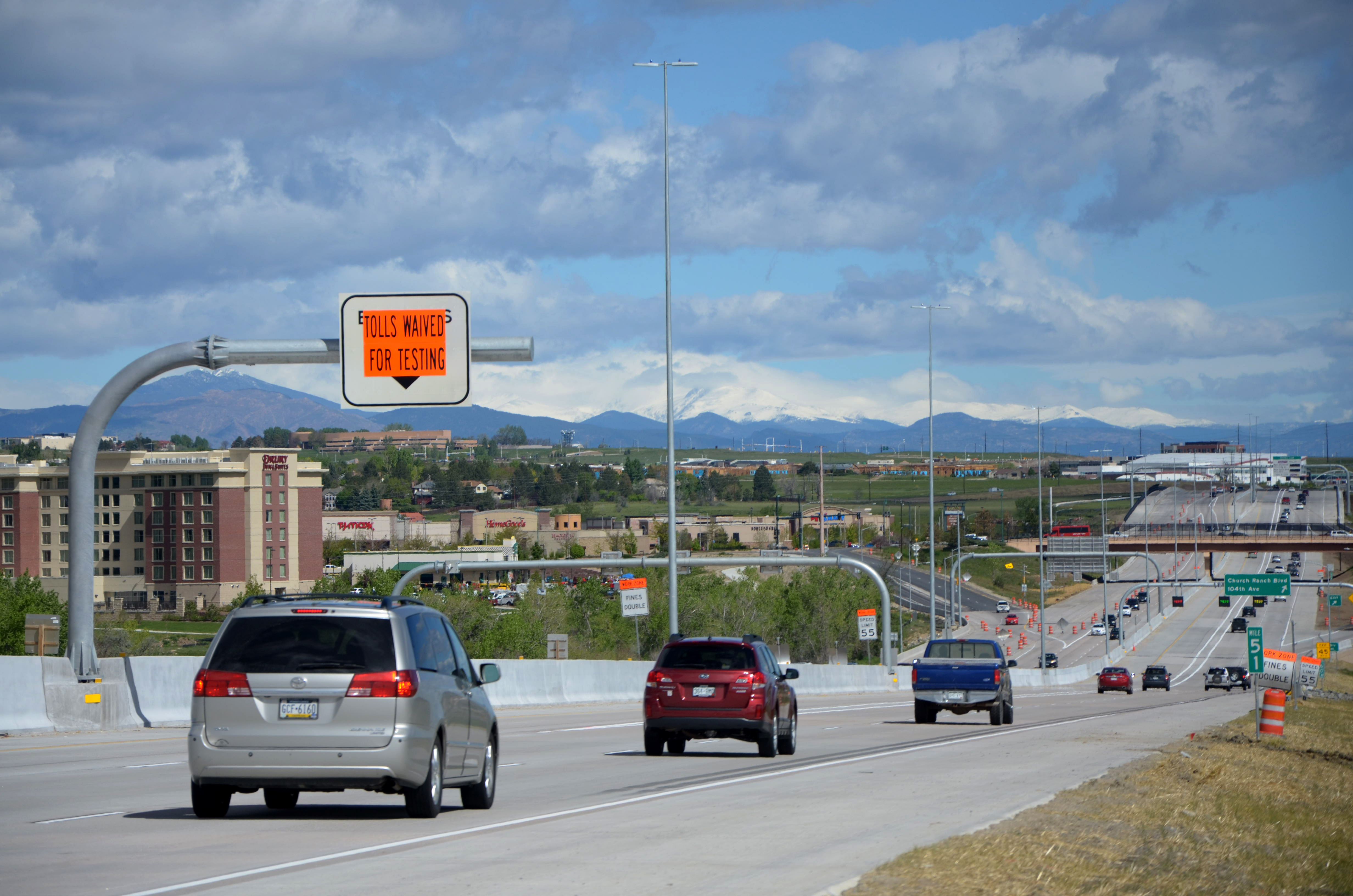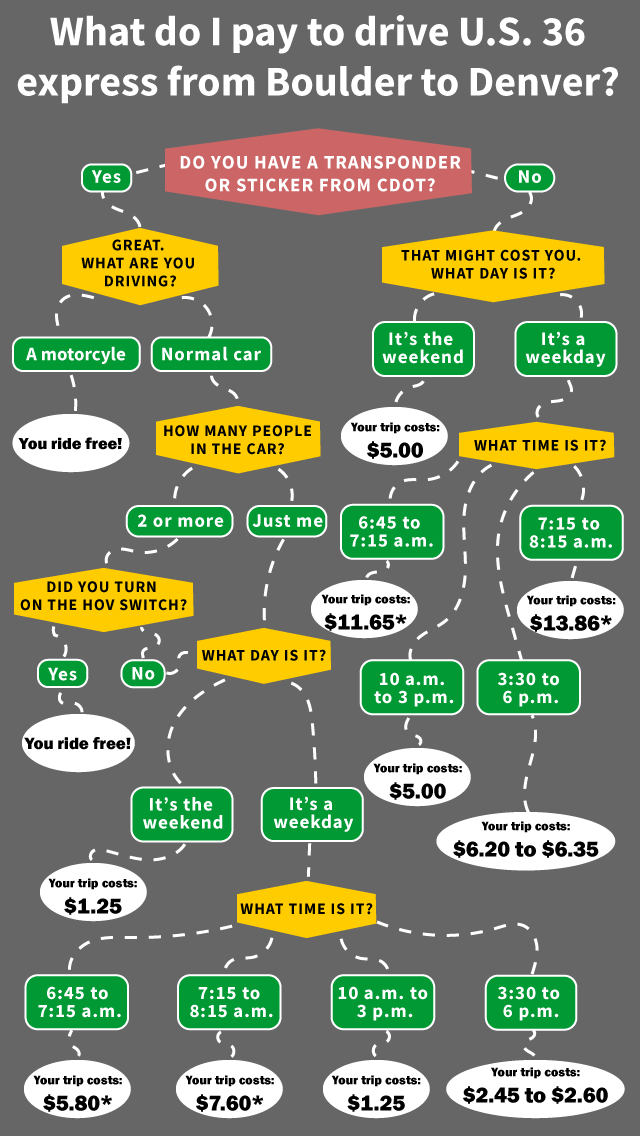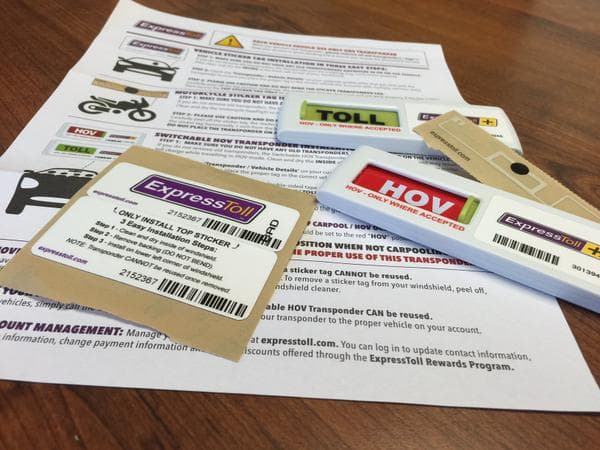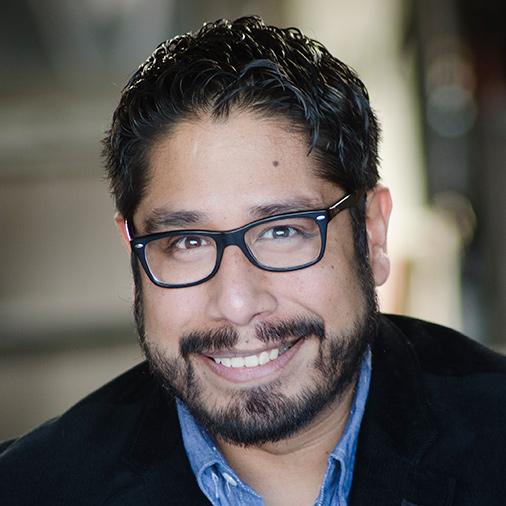
The new U.S. 36 is getting closer: Bus Rapid Transit, express lanes, and a dedicated bike lane will be officially open in July. And on Wednesday, final tolls for the express lanes between Denver and Boulder were approved by the state’s High Performance Transportation Enterprise.
The cost to use the new express lanes will depend on the type of vehicle you’re driving, the number of passengers you’re carrying, and if you have a tolling transponder. CDOT’s Executive Director Shailen Bhatt says it also depends on the time of day.

“If you want to use the toll lanes, it’s actually cheaper and there’s more capacity during off-peak times. You increase the price, and now you lower the number of people who are willing to pay that price. That’s how you’re able to maintain that average speed, even during peak times,” he said.
For those not wanting to use the express lanes, general purpose lanes will still be available to use. However, Bhatt says they’re not really free when you think about it.
"You can stay in the general purpose lanes and pay with your time, or you can jump into the toll – into the express lanes. But you are going to pay to use roads,” he said.
To jump into the express lanes and not pay an increased toll, Bhatt said a tolling pass is needed. The small rectangular transponder attaches to your windshield and can be switched to TOLL or HOV depending on the number of passengers in the car.
People with an existing E-470 or I-25 express lanes transponder sticker can also use the lanes, however, they are unable to use the HOV +2 feature.
Motorcycles also need a transponder. It’s a small clear sticker that attaches to the front headlamp.

“So if you don’t get the transponder, then you can still use the lanes, but you’ll have a [picture of your license plate] taken. Then our folks will go through a process and figure out where you live and send you a bill in the mail. And there’s an administrative fee associated with that,” Bhatt said.
And that fee could cost you. Drivers without a transponder using the express lanes during peak morning rush will pay around $13 between Denver and Boulder. For those using a transponder, the cost will average around $7 for the same trip.
There is no physical separation between the express lanes and the general purpose lanes. Bhatt says to prevent people weaving in and out of the lanes; local law enforcement and the Colorado State Patrol will be on the lookout.
“In many other states I’ve seen people who sort of ride the lane and want to jump out because they’re afraid they’re going to get caught. You will get caught,” Bhatt said.
Besides the express lanes, Bus Rapid Transit and a dedicated commuter bike path are also opening up to the public. Bhatt said the state needs to focus on combining many different modes of transportation as Colorado’s population continues to boom.
“We’d love for people to pay a toll, we’d love for people to take the bus and reduce the number of single occupancy vehicle trips out there, and the HOV is in there. So it’s multi-modal. It’s being smarter with the way we utilize a scarce resource. And in this case, highways are a scarce resource,” Bhatt said.
“Multi-modal is the way to go, pricing is the way to go, and that’s the way that we are going to be smarter about the way we allocate this resource going forward.”








